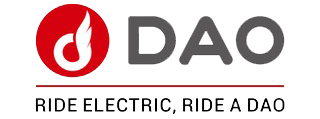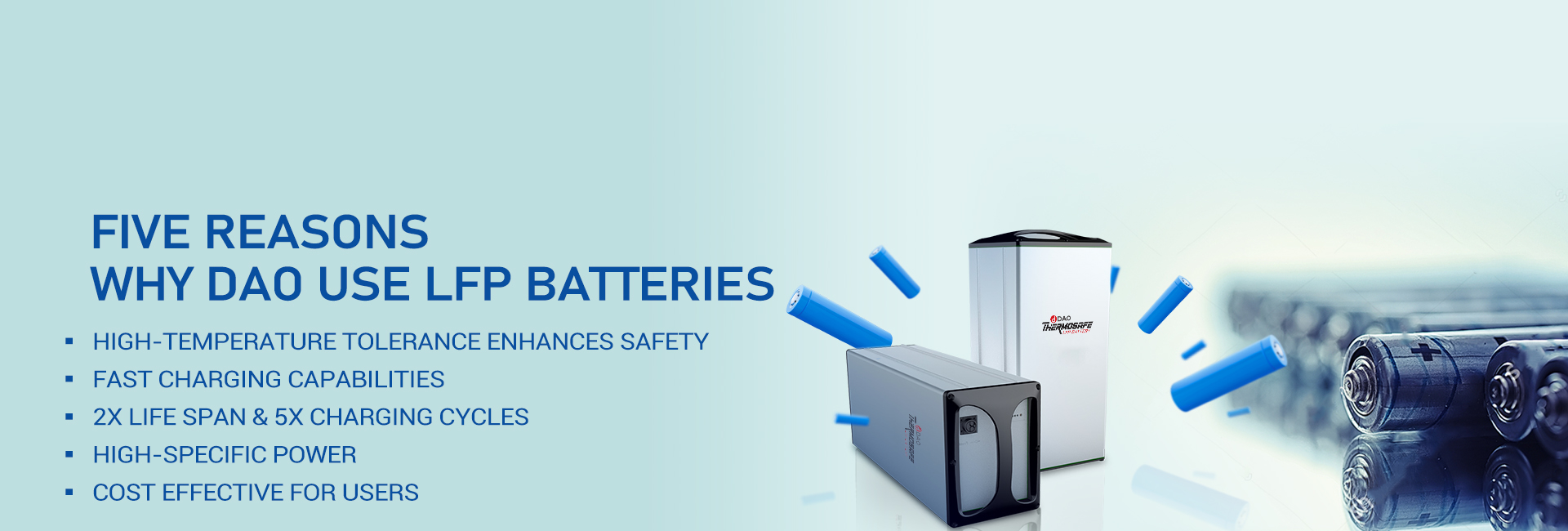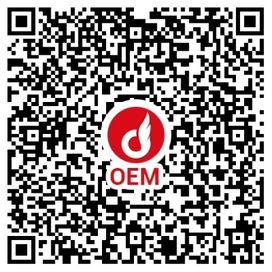Five Reasons Why DAO Use LFP Batteries
LFP (Lithium Ferro-Phosphate) batteries were developed in 1996 by Bannister Goodenough’s research group at the University of Texas and quickly gained popularity due to their numerous advantages. LFP technology has advanced over the years, and now it is being used in a huge range of applications, including motorbikes, solar gadgets, and electric vehicles.
Currently, LFP batteries power about 17% of the global EV market, which is not surprising given that LFP batteries are at the cutting edge of battery technology. Let’s take a look at some of the reasons why DAO EVTech uses LFP batteries.
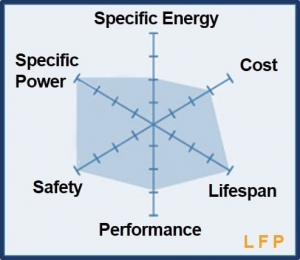
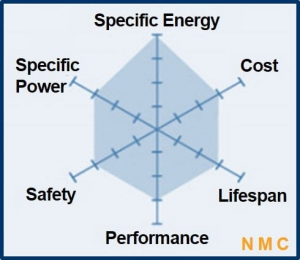
High-Temperature Tolerance Enhances Safety –
As compared to other Li-ion batteries, LFP Batteries have the best temperature tolerance capacity due to their chemical composition. These batteries are capable to operate in low and high temperatures. The LFP temperature range typically represents the temperature at which the LiFePO4 battery can adjust to ensure performance. According to a research report from Battery Space, the LFP temperature range can be considered to be -20°C 60°C; however, this can only be utilized for discharge performance.
In LFP Lithium, oxygen, iron, and phosphorus mix in a tridimensional structure, which avoids the sudden release of oxygen, as compared to other Lithium-ion cells with layered components such as cobalt (C), nickel (N), and manganese oxide (M). This cell chemistry prevents catching fire in high temperatures and it is the reason lithium-ion batteries are employed in safety-critical applications today.
All over, LFP batteries are appropriate for use in settings in all temperature conditions, and the performance is even better at high temperatures.
Fast Charging Capabilities –
When compared to NMC (Nickel Manganese Cobalt) and NAC (Nickel Aluminum Cobalt), LFP has a superior electrochemical combination that allows the application of fast charge with higher voltage to get the battery charge quickly. LFP batteries can be charged to 100% capacity without generating rapid battery deterioration due to their battery cathodes. Because NMC and NAC batteries lack this characteristic, charging them to full capacity on a regular basis may hasten their natural aging.
In the LFP cathode, the phosphorus-oxygen link is stronger than the metal-oxygen bond in other cathode materials. This connection inhibits oxygen release and necessitates more power and a higher on-set temperature for heat dissipation. This increases the battery’s stability when kept at full charge.
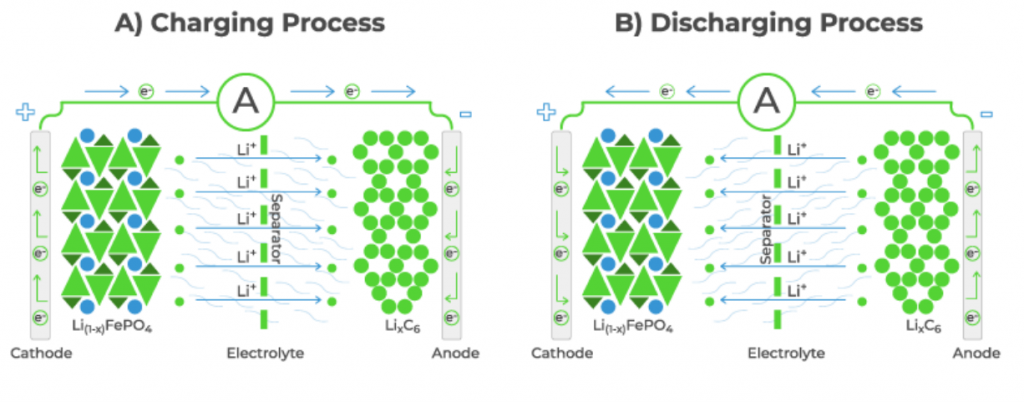
2X Life Span & 5X Charging Cycles –
LFT battery technology is older than NMC, still, there are much more features and usage possibilities to be explored. In 2020, The Journal of The Electrochemical Society released research on the degradation of Li-ion cells. According to this study, LFP batteries have a longer life duration than NMC and NAC batteries. The study team examined the effects of temperature, depth of discharge (DOD), and discharge current on the long-term deterioration of Li-ion commercial cells and discovered that the LFP cells have much higher cycle life spans.
Let’s have a look at the given graphical representation release from The Journal of The Electrochemical Society, how LFP batteries are performing in different conditions with a slow degradation rate.
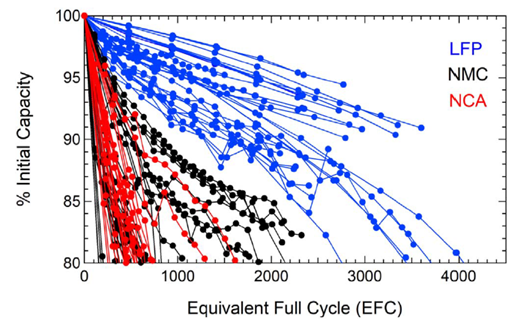
A slower degradation rate and superior temperature management quality allow LFP batteries to have additional charging cycles. NMC batteries with moderate temperature tolerance may often achieve 800-1200 charging cycles, however, LFP batteries with high-temperature tolerance can reach over 3000 charging cycles. Furthermore, due to their excellent endurance, LFP batteries can be charged up to 6000 cycle times, if used properly.
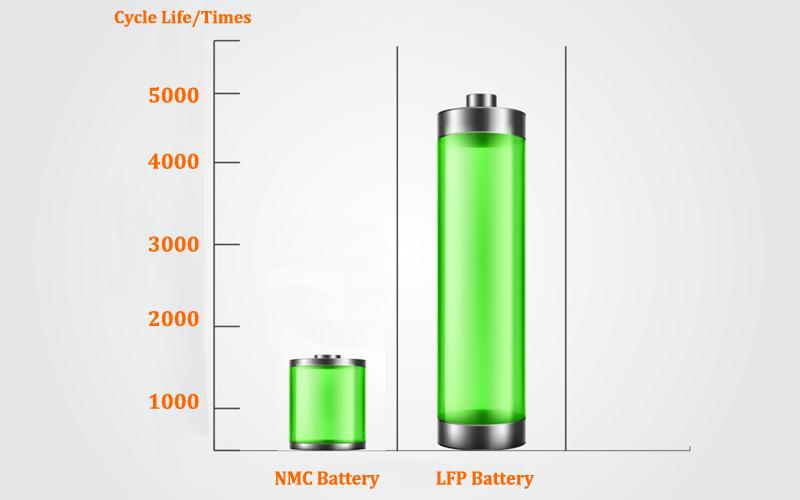
Charging Cycle Comparison, NMC vs LFP
High-Specific Power –
LFP batteries have the greatest specific power ratings of any type of lithium-ion battery. That means LFP batteries with high specific power can offer high electric current and power without overheating.
However, it is vital to remember that LFP batteries have one of the lowest specific energy ratings. LFP batteries offer less energy storage per weight than other lithium-ion choices due to their low specific energy. This is usually not a problem because expanding the capacity of the battery bank may be accomplished by connecting numerous batteries in parallel. This may not be appropriate for applications requiring exceptional energy density in a small size, such as battery electric vehicles.
Cost Effective For Users –
In general, LFP raw materials are less expensive than NMC raw materials since they use iron and phosphorous as key raw materials, and the earth is rich in both. However, because the cost of making LFP batteries is higher and the process is more complex, lithium iron phosphate batteries are not inexpensive contrast. Overall, the price difference between the two batteries for the same capacity is around 20%.
Although, a 20% higher cost always got covered when it comes to the actions. High-Temperature tolerance, 4X charging cycles, and 2X lifespan makes it affordable and durable battery technology for users.

